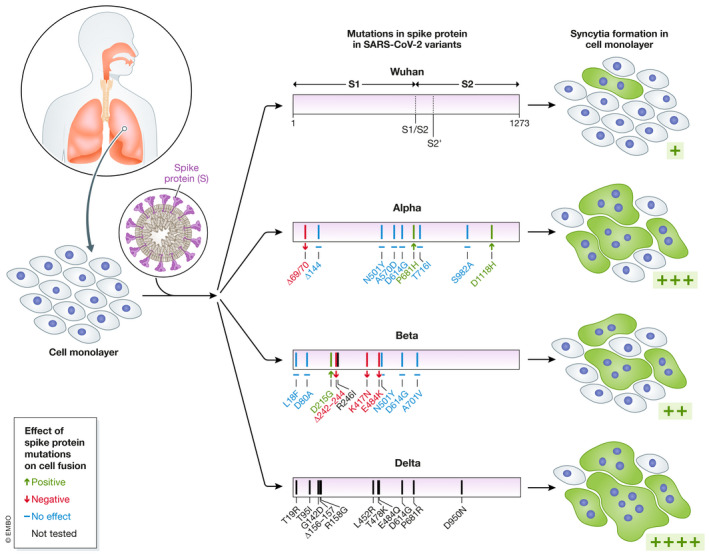Figure 1. Emerging SARS‐CoV‐2 variants induce enhanced syncytia formation.

Lung injury correlates closely with COVID‐19 severity. The original SARS‐CoV‐2 strain isolated in Wuhan in 2019 has been supplanted by many variants, most often with numerous mutations in the viral envelope glycoprotein spike. In infected cells, a fraction of the spike protein is expressed on the surface and can induce fusion between neighboring cells, leading to syncytia formation. In this study, Rajah and colleagues showed that spike proteins of emerging SARS‐CoV‐2 variants produce more and larger syncytia (shown in green) than the original Wuhan strain upon infection of cell monolayers. Spike mutations with a positive, negative, or no effect appear in green, red, and blue, respectively. Mutations in black were not tested in this study.
